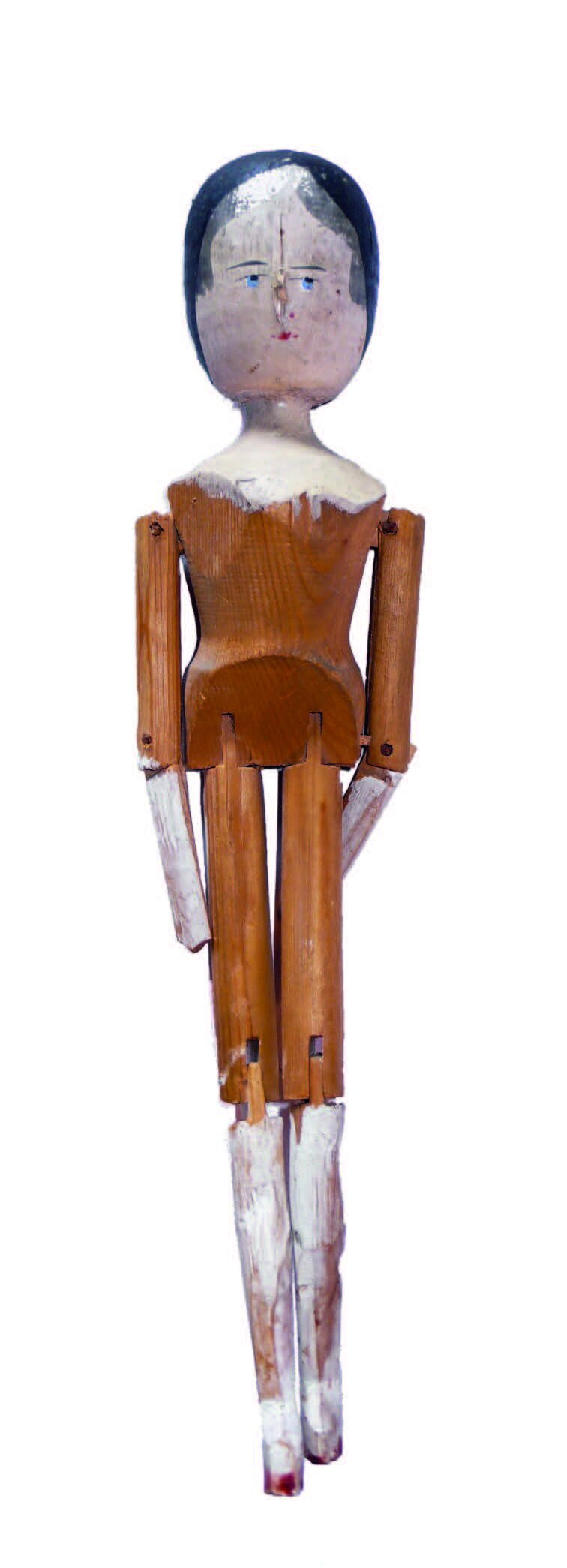






Biennale
Gherdëina II
Concept
"Where Sculpture Is" - Views and Perspectives on Contemporary Sculpture - In Val Gardena, thanks to influences from Northern Europe and Germany, the tradition of sculpture, and in particular woodcarving, was cultivated and handed down for a long time until the end of the 15th and beginning of the 16th century. This involved the production of sacred works which incorporated motifs that had been handed down from the north.
The special geographical characteristics and history of the region have made it possible to preserve this cultural heritage in Val Gardena to this day, whereby two different directions are now clearly distinguishable from one another: The first concerns woodworking as applied art in the categories of ecclesiastical art, furnishing accessories and decoration; the second concerns the artistic activity of sculptors who have been trained in art schools and academies and are in contact with the most influential masters in the field.
Many names have stood out on the contemporary art scene in this last decade, from Walter Moroder to Franz Canins and from Willy Verginer to Aron Demetz, one of the most important interpreters of the previous Gardena Biennale and the 53rd Venice Biennale.
For this year's event, five local artists have been selected who, due to the quality of their work and the importance of the exhibition circuit, have already gained recognition and asserted themselves both on an Italian and international level: Arnold Holzknecht, Wilma Kammerer, Philipp Messner, Gerald Moroder and Peter Senoner.
These artists are the last and youngest in a series of sculptors who have appeared without interruption in a historical chain that has already lasted half a millennium. Artists who were born and raised in a community with a strong and protected identity, such as the Ladin one of Val Gardena, and who still live in it today. They are also related to the Central European culture of Munich and Vienna, having studied or trained there and gained professional experience in Paris, New York or Tokyo. Artists who produce statues or sculptures in wood and stone according to the sculptural principles of design and carving or chiseling, and at the same time are at the cutting edge of modern mechanical techniques and mass production, or the assembly of iron and the laser production of aluminium. The fact that each of them then used very different materials contributes to the diversity of the works.
At the Gardena Biennale, contemporary sculpture, which is no longer bound to one technique or to one traditional material, searches for an incredible number of solutions that can be found in the expressive power of each material, bringing into play a variety of aesthetic, emotional and intellectual meanings related to the existential sphere of the human being. A repertoire of metaphors, allusions and rituals characterises the topicality of the works. Nevertheless, the working methods and the craftsmanship are fundamental issues for these sculptors, since they take into account the volume, the weight and the technique in the execution, which are not cancelled out by the idea, the invention or the stage effect. As Marco Tonelli says, these are "sculptors who have plunged this work and its theorisation into crisis, but without abandoning them or replacing them with objects (at worst, by making use of them, or by skirting the definition of sculpture and statue in a wide arc)". Although the notion of sculpture has been transformed by the changing relationship to materials and technology, the work can no longer be understood as standing outside of time and space, where the material, whether old or new, takes on form and visibility. The works of art set up in the pedestrian zone of Ortisei blend harmoniously into their surroundings and are in direct relation to the view of the valley. On the one hand, the exhibition route takes into account nature and the landscape as the original background of the sculpture; on the other hand, it incorporates architecture and constructions as essential lines with which it relates. In this regard, I would like to echo a significant statement by the sculptor Antony Gormely about the purpose and destiny of his work: "I want to take possession again of the feeling of an imaginary space within the body. I want there to be an inner pressure in the work that is related to the atmosphere we feel with our bodies through the skin of the artwork".
A statement that seeks to clarify that the sculptural object has characteristics that depend on how it is placed in a space or context, and explored by a viewer. In this sense, I have specifically cited in the title of this introduction the recent treatise "Quando è scultura" (When is it sculpture), which is itself inspired by a statement by Nelson Goodman used to define the concept of art. If the question and challenge of the book is to shift the emphasis from "what" to "when it is" sculpture, considering not only the substance but also the function, I would like to draw attention to the "where" of sculpture not only in relation to the historical, geographical or social origin of a school or artist, but also in relation to the placement or final destination of sculpture in constant relation to the outlook and stimuli of a place. The sculptor is a conqueror of space, a builder of signs that must enter into a direct relationship with the world, either by confronting their surroundings or by adapting to their perspectives and absorbing their energies present there. From this follows the artist's will to imprint the existential and often emotional meanings caught in the entanglements of life into the spectacular body of the sculpture, exploiting the sculpture's capacity to radiate visual currents and stimuli.
by Chiara Canali
